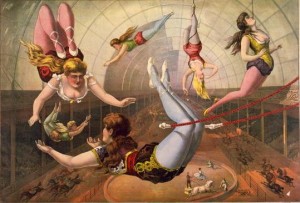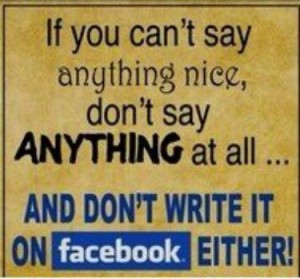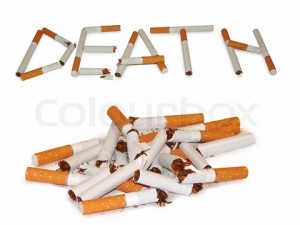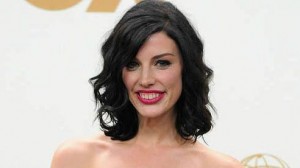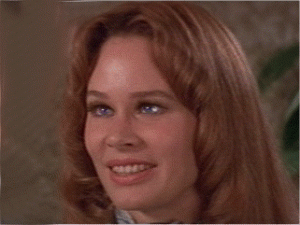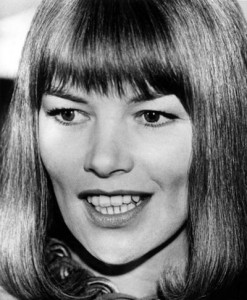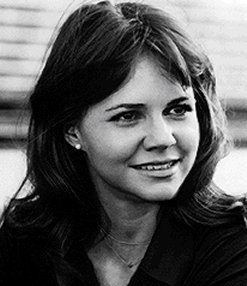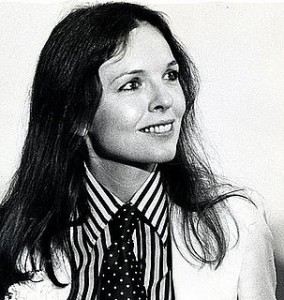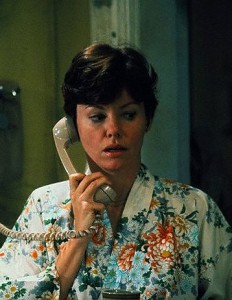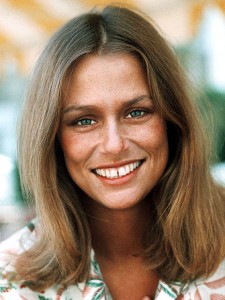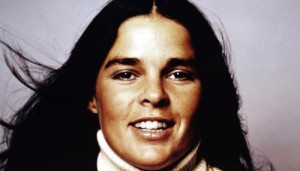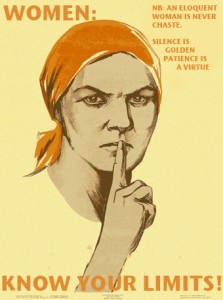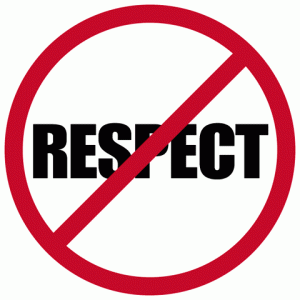Today, on a misty mountaintop in Sonoma, high above the oaks and madrone, I flew. As in, I was on a platform thirty feet up in the air, my instructor said, “Hep!” and I, holding on to the bar, went sailing down, down, down, then swung back up, up, up, the wind blowing fresh against my chilled cheeks and enhancing the feeling of SHIMMERINGLY ALIVE like I’ve never felt before. On the way down I let out a terrified holler; sailing back it modulated to an exhilarated cry of joy. Someone on the ground yelled out delightedly, “Oh good, we have a screamer!” and the (much-more experienced) students below me laughed good-naturedly. Today I flew, and the entire experience was life-changing.
A few weeks ago my friend Kim, who’s been taking lessons for several years, invited me to go to trapeze school with her. Always up for a good death-defying experience, I said yes. I had no idea what I was in for. The first part of this morning’s training involved standing on a thick gym mat, bending my knees, and then jumping to try to reach a small trapeze bar above me. When I couldn’t reach it, my instructor added a wobbly wooden box and, standing on that, I leaped for the bar and held on for dear life, my arm muscles begging for mercy. He then told me to swing my butt up, wrap my legs around the bar, and hang upside down, and he wasn’t kidding. I did that, but at this point started wondering, “How am I going to do this….thirty feet up in the air?” The terror set in.
My instructors, M and D, were brilliant. M especially, who was working with me one-on-one, immediately assessed the various head trips I was laying on myself. He assured me that I was in fact strong enough to do this (“it’s not about strength, it’s about timing”) and — intuiting my body-worries or perhaps overhearing me tell another student that I needed to run home, lose 50 pounds, and come back — he assured me that they’d had people weighing 400 pounds successfully do trapeze. And, when I first tried to do the knee-hang thing while on the actual trapeze and didn’t quite make it and yelled out, “I can’t!”, he had a little pep talk with me afterwards about “the greatest self-help book ever written — The Little Engine That Could. And he was so right that the cliche didn’t even annoy me.
He said something else, too. He said, “We don’t get in shape in order to have fun….we have fun doing this and the getting in shape happens on its own.”
Trapeze challenges your brain’s every notion of your physical orientation to the planet below. Your brain does not WANT you to jump from a 30-foot platform into the void, and it most certainly does not want you to then roll your hind end up towards the sky, maneuver your legs over a bar and view the world from a pendulating upside-down perch. So many times today my brain was yelling, “No! No! No! No! No!” but the part of me that wants to push myself, challenge my body, and drink up every drop of life then smack my lips from the delirious intoxicating pleasure, kept going. Kept climbing that high, narrow, ladder. Kept standing on that platform with my toes at the very edge, hanging on to that bar and leaning perilously forward at a crazy-ass angle to the ground, kept leaping and flying…climbing, leaping, flying…climbing, leaping, flying.
I can’t wait to get back. I need to master the swing-by-the-knees maneuver. And then the “catch,” where I fling myself into the waiting hands of my instructor. And after that: higher, faster, stronger. Because today, my body, my brain, and I had a lovely reconciliation, and there will be no more talk of “I can’t.” I can. I did! And I will.

